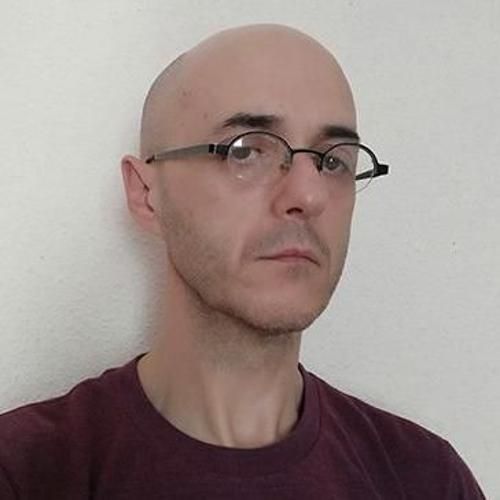
RICARDO
HORCAJADA GONZÁLEZ
Profesor titular de universidad
Department: Dibujo y Grabado
Faculty: Bellas Artes
Area: Drawing
Research group: Dibujo, gráfica y conocimiento: estudios interdisciplinares sobre las técnicas y prácticas artísticas.
Email: ricardoh@ucm.es
Doctor by the Universidad Complutense de Madrid with the thesis La constitución moderna de la imagen de sentido por medio del dibujo para una definición del dibujo contemporáneo como imagen de sentido 2001. Supervised by Dr. Cayetano Portellano, Dr. José María Cuasante.
PhD in Fine Arts from Universidad Complutense de Madrid with a thesis about the relationship between visual codes and the processes of knowledge transmission in tradition. 2001. Full Professor at the University. One period of recognised research. Administratively developed the positions of Academic Coordinator of the Master in Research in Art and Creation (2010-2013), Vice-Dean of International Relations (2013-2016), Area Coordinator of the Summer School UCM El Escorial (2016-2019) and Academic Secretary of the Department of Drawing and Printmaking (2019-2020). As a researcher he has been the Head-Director of the project for the creation of the Observatory of contemporary graphic practices UCM, as well as the three editions of the Conference on Contemporary Drawing UCM and the annual publication of the same. My activity as a drawer began in the nineties, approaching all those practices, spaces, activities and projects, whether in the art world or not, that allowed me to learn, interact, dialogue and develop transversal proposals from the graphic. Since then, all my work has focused on drawing in a natural way, trying to typify and analyse the constitutive processes of knowledge and graphic thought in order to teach them or, at least, to share them. I have never differentiated between my work as a teacher and my work as a researcher, always being a draughtsman. I have been able to share this knowledge, and to learn, in doctorate courses, in visits and stays in universities as well as in numerous congresses, but also in dissemination activities in schools and institutes, collaborating with associations for adult education, environmental groups or rural recovery projects. Places where the graphic contribution was always aimed at clarifying, building and transmitting possible solutions from experience and thought.







